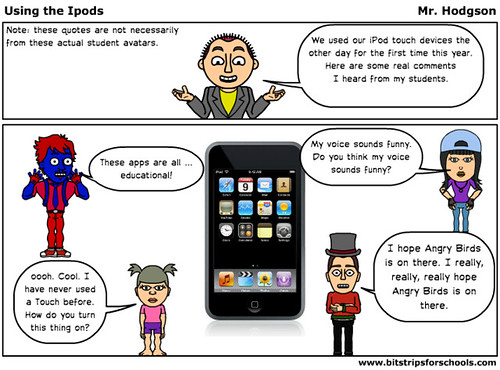For years now, I have been reading aloud the Peter and the Starcatchers series with my sons. As the older son grew out of it, the next one would find his place next to me on the couch to listen, and now, it is on to the third son. (Of course, the older boys hover around the edges of the read aloud, furtively taking in the stories). The series is a fresh, fun take on Peter Pan, but told with humor and action by Dave Barry (yep, that Dave Barry) and Ridley Pearson.
I won’t go into the entire series here (there are main novels and a few off-shoot novels), but there is plenty of magic, adventure, interesting villains and heroes, and all of the echoes from the old Peter Pan books that allow you to connect these storylines with the old. And for read-aloud, they are among the funnest to share with an audience (even an audience of one).
Not long ago, my youngest son and I finished reading the latest in the series — The Bridge to Neverland — which transports the story from the early days of the story (which had been faithfully set in England around the turn of the century) to modern-day America. Here, a brother and a sister unwittingly discover the magical substance “starstuff,” are chased by the evil shapeshifting Ombra (who forms as a cloud of ravens in one of the strangest imagery I have seen), and use an invention of Albert Einstein to jump across parallel universes in order to call on Peter Pan to save the day.
OK, so that sounds plenty strange as I write it. But it works.
The Bridge to Neverland is interesting, although I did not find it quite as deep or as engaging as the rest of the series, in my opinion. It seems to try a bit too hard to bring the story forward into the modern day. And, since the book is published by Disney’s Hyperion, the use of Disney World as a narrative device, while interesting, seemed a bit too self-serving at various times. (And again, my sons and I talked about when and if the series will become a movie, which seems inevitable if Disney is bankrolling your books around a Peter Pan story, right?)
This year, I have an extremely strong reader in my class and I have turned her on to The Starcatchers books. She is devouring the series (which is no easy task, if you ever see the size of these books). It makes me happy to have put a story into someone’s hands that I have so enjoyed. You will enjoy them with your kids, too. Trust me. Find a place on your couch for a story to be told.
Peace (in the magic),
Kevin




